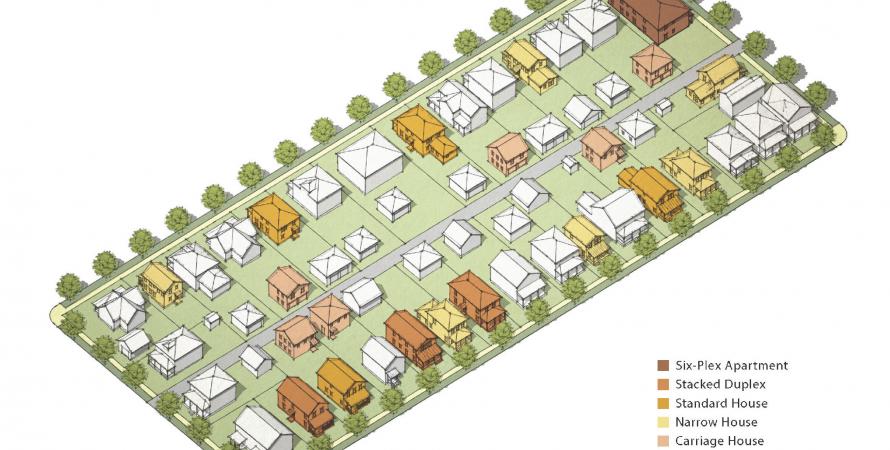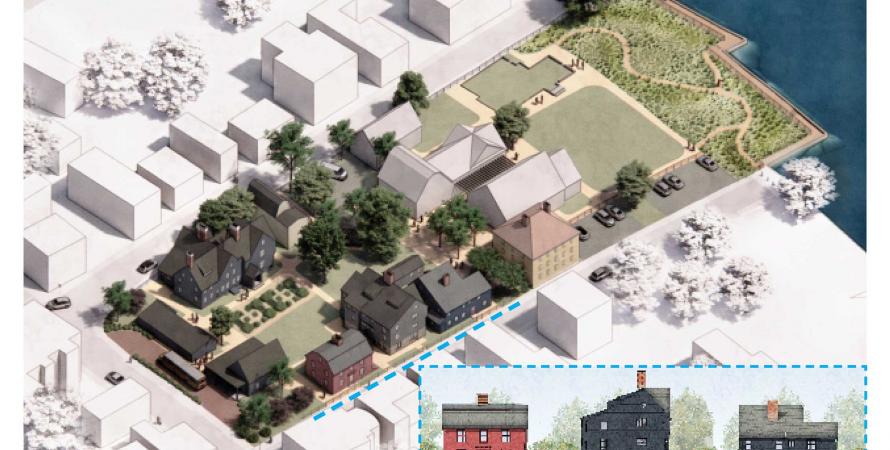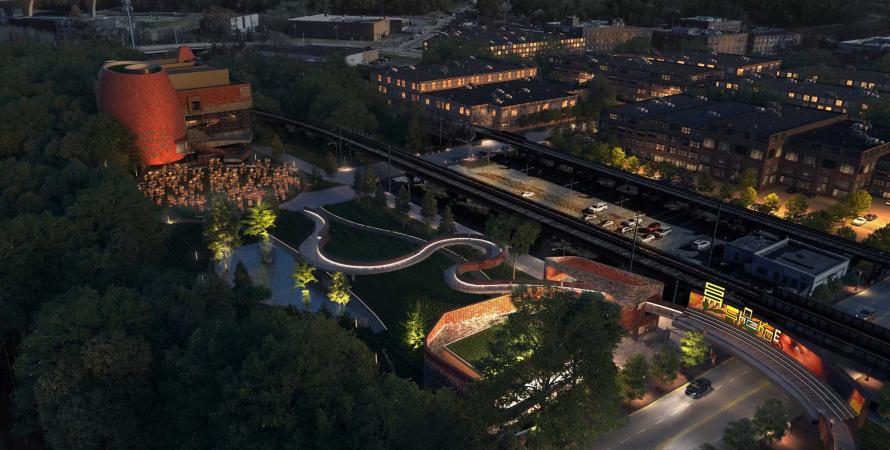-

Pre-approved path to rebuild neighborhoods
Midwest Pre-Approved Building Programs for Rebuilding Neighborhoods helps cities build the housing they need. Kalamazoo and South Bend won a Merit Award in The Region: Metropolis, City and Town category of the 2025 CNU Charter Awards.The decline of Midwestern cities from migration, suburbanization, and loss of manufacturing led Kalamazoo, Michigan, and South Bend, Indiana, to seek proactive solutions like “pre-approved” building programs. Launched in 2022 and 2024, these pre-approved building programs have accelerated high-...Read more -

Block-scale urbanism adapts historic campus to climate change
Preserving History: Assessments and Climate Adaptations at The House of the Seven Gables in Salem, MA. Union Studio Architecture & Community Design won a Merit Award in the Block, Street, and Building category of the 2025 CNU Charter Awards.The Preserving History project in Salem, Massachusetts, uses block-scale urbanism to adapt one of America’s historic building campuses to climate change. The House of the Seven Gables (also known as the Turner-Ingersoll Mansion) was made famous by Nathaniel Hawthorne’s gothic novel of the same name...Read more -

Civic space designed to reveal a dark history
The Shockoe Project tells an important story about slavery while providing public space that links downtown to an adjacent neighborhood. Baskervill won a Merit Award in the Block, Street, and Building category of the 2025 CNU Charter Awards.The Shockoe Project is transforming a historically important but underutilized 10-acre site in Richmond, Virginia, into a nationally significant remembrance of the suffering and struggles of enslaved Americans. The project is planned for the Shockoe Valley, just east of downtown, on a site with a...Read more -

Providence mayor promotes urban housing policy
In an interview, Brett Smiley discusses sustainable, equitable, urban housing policy, and other topics that will be covered at CNU33 in Providence, Rhode Island, June 11-14.CNU returns to Providence next month for our 33rd annual Congress. We are so excited to revisit this city, at the heart of a region that has been on a long path of addressing urban challenges, familiar to many across this country, with New Urbanist solutions. Actualizing change on a city-wide scale...Read more